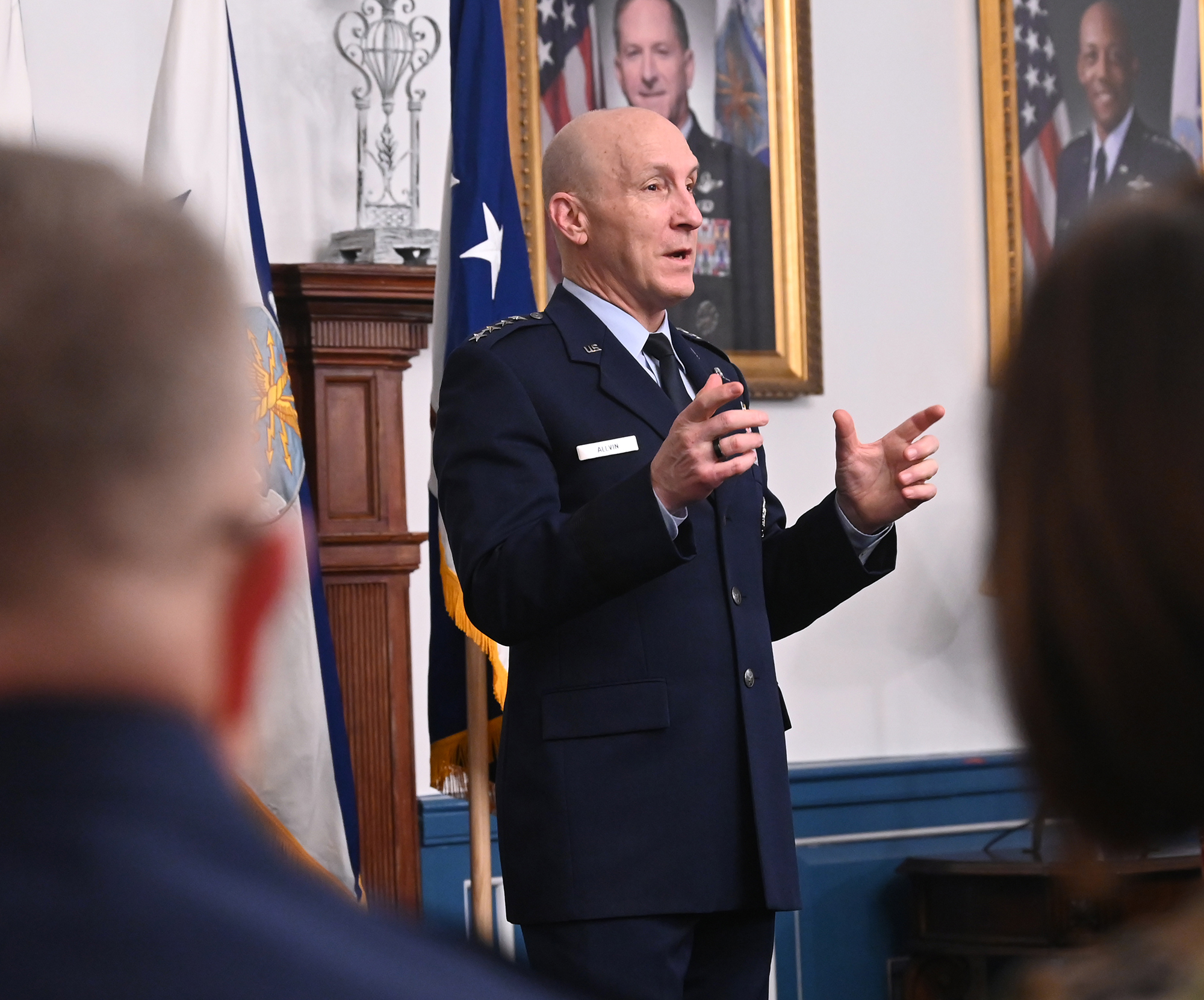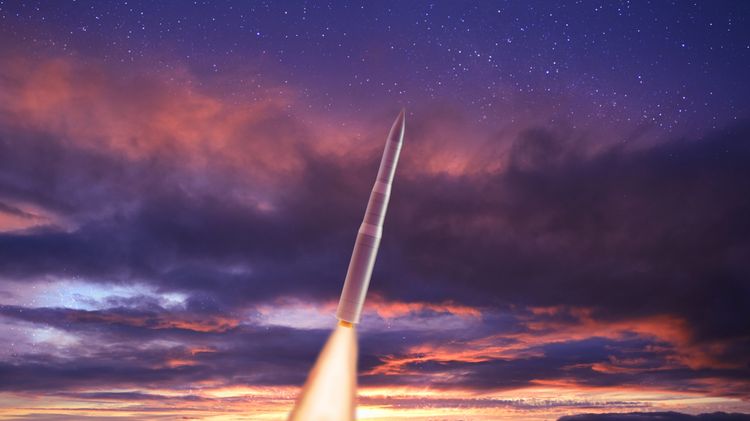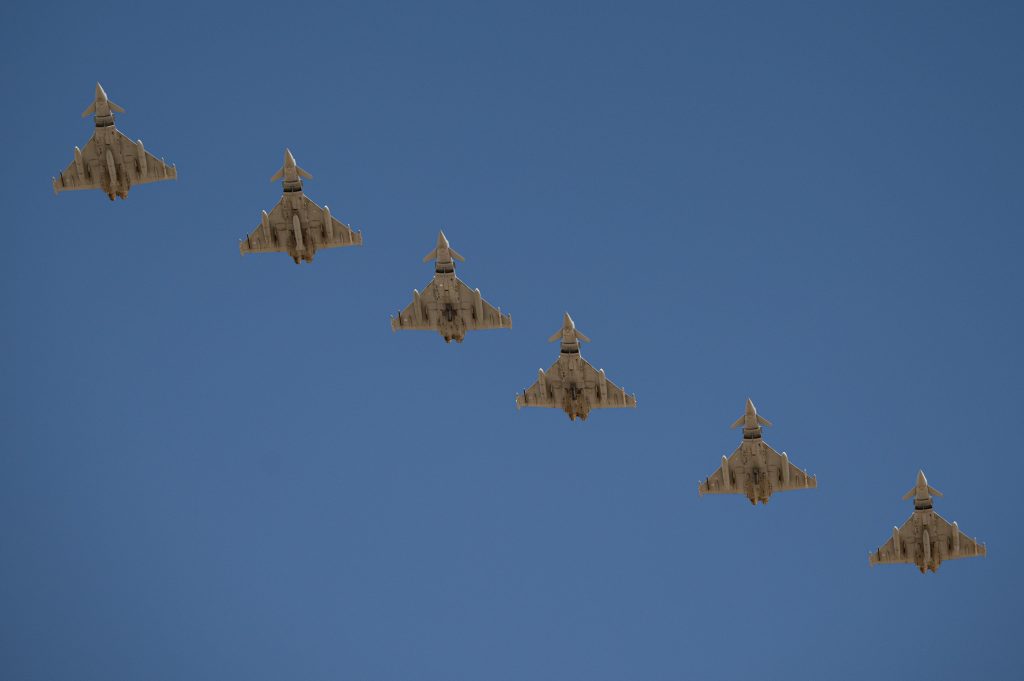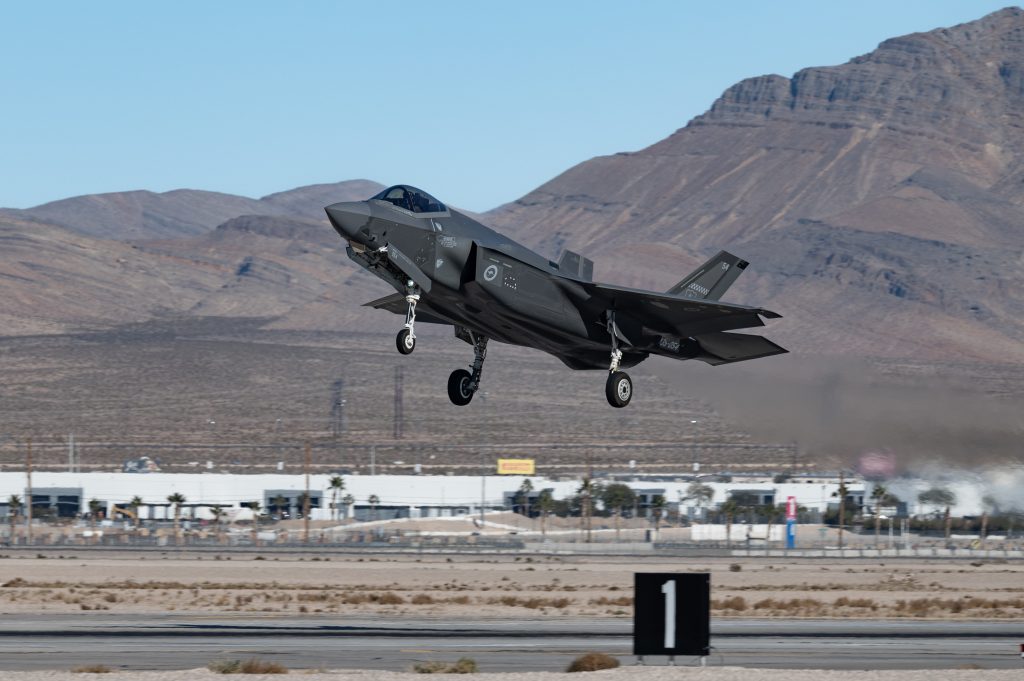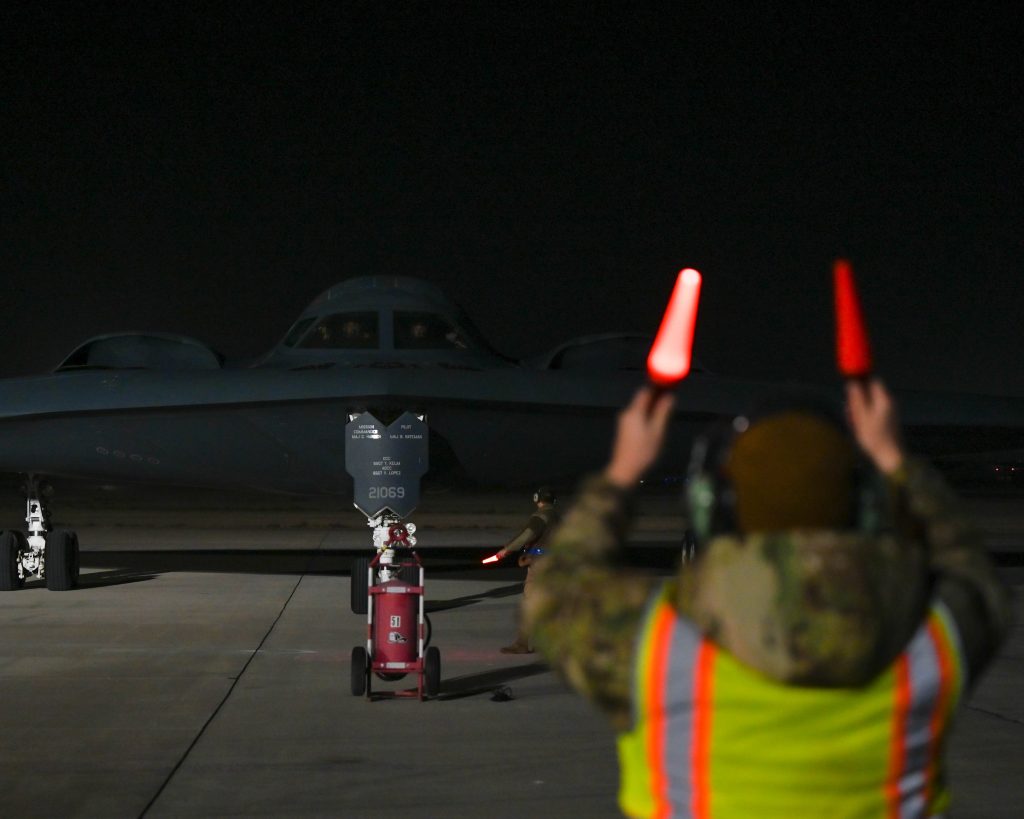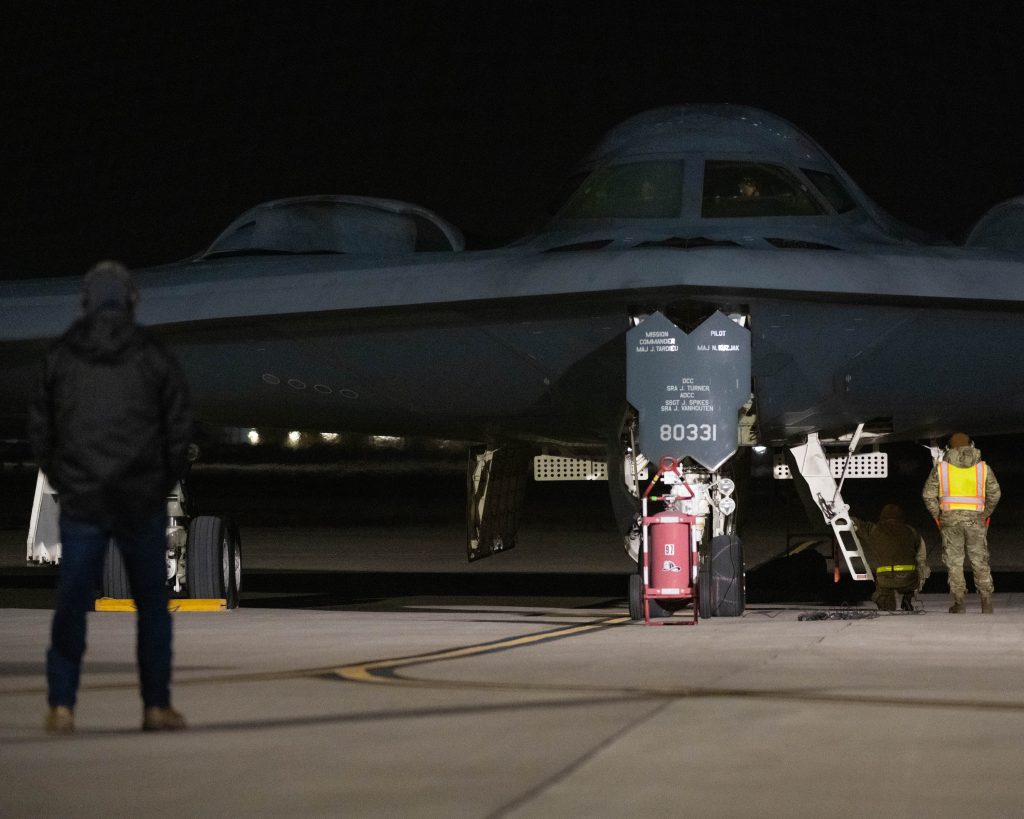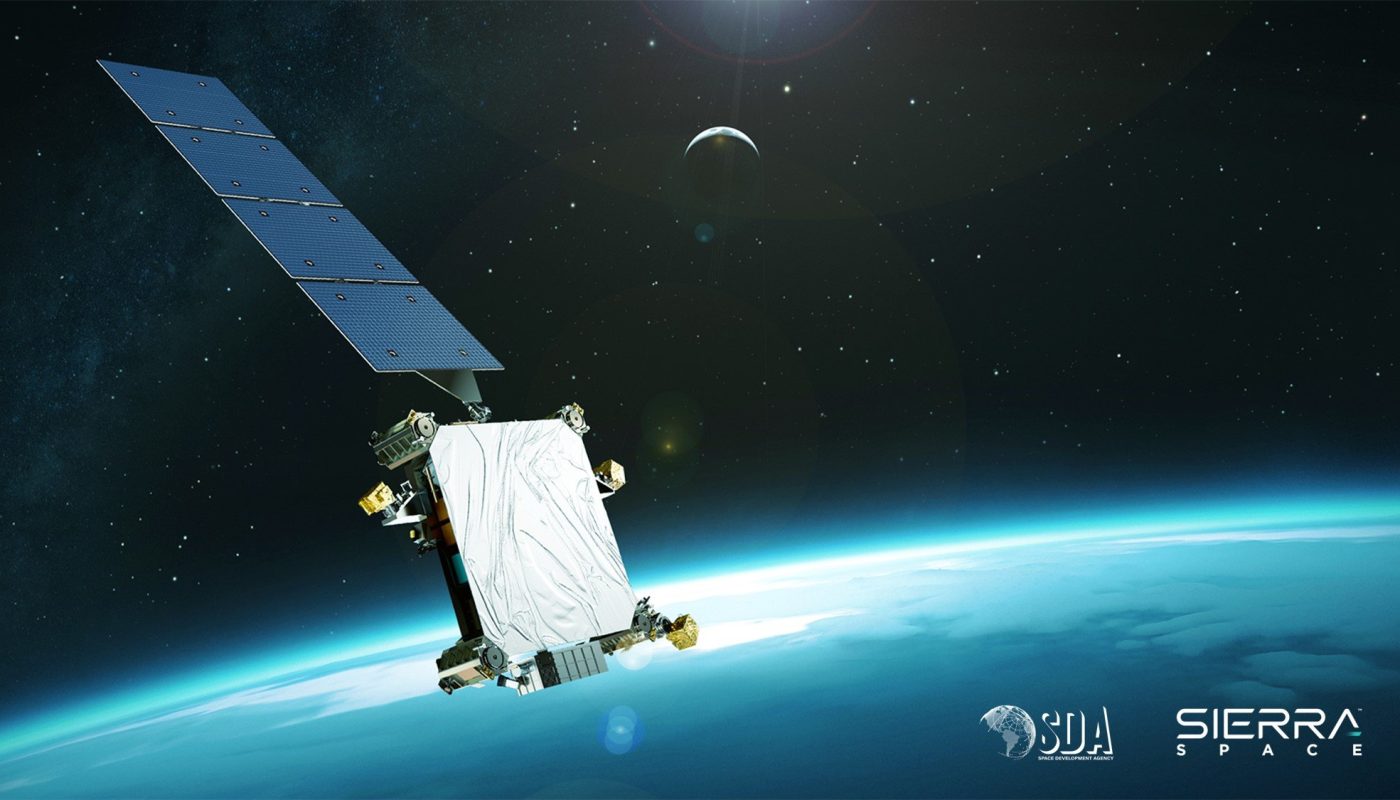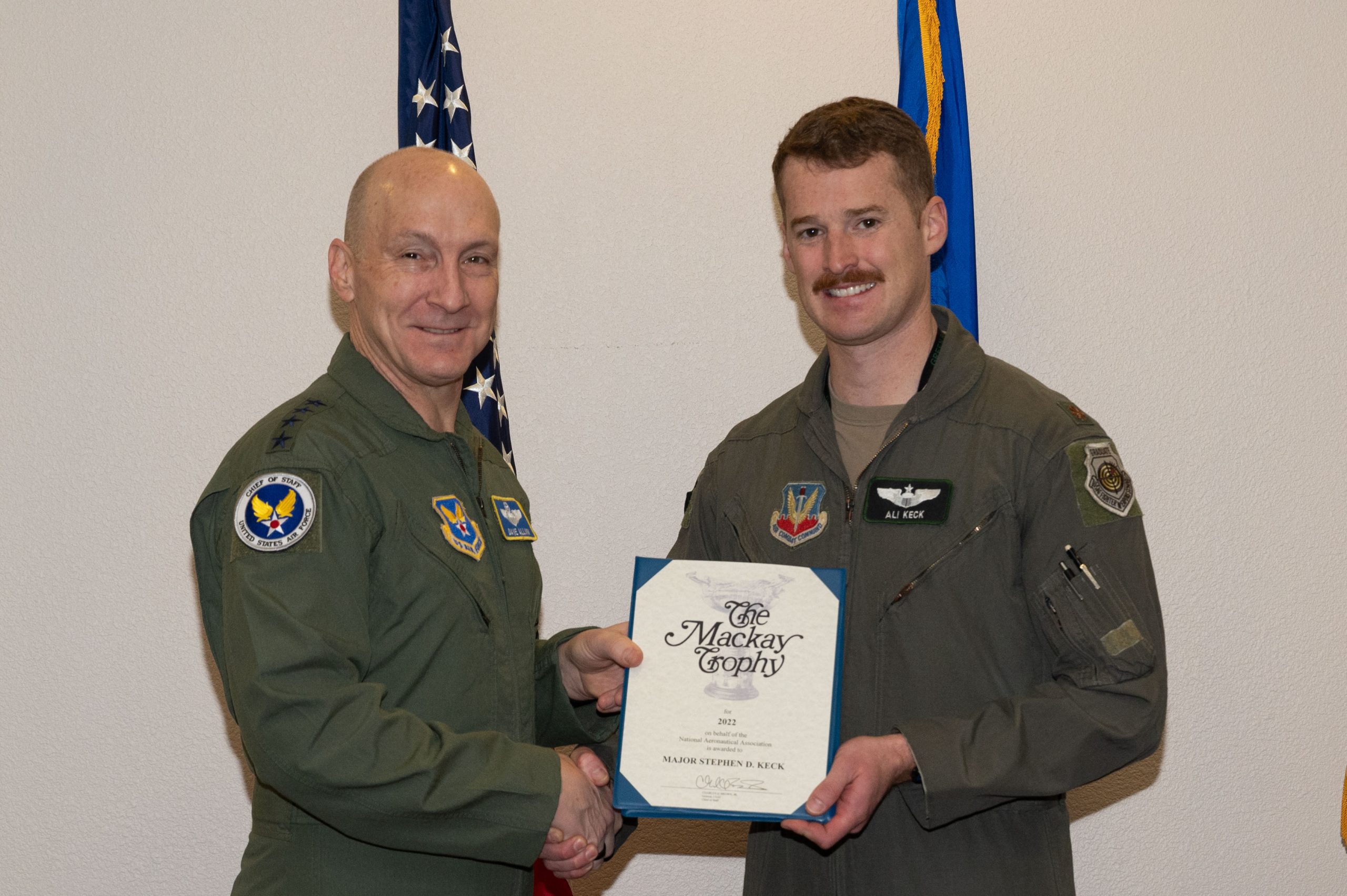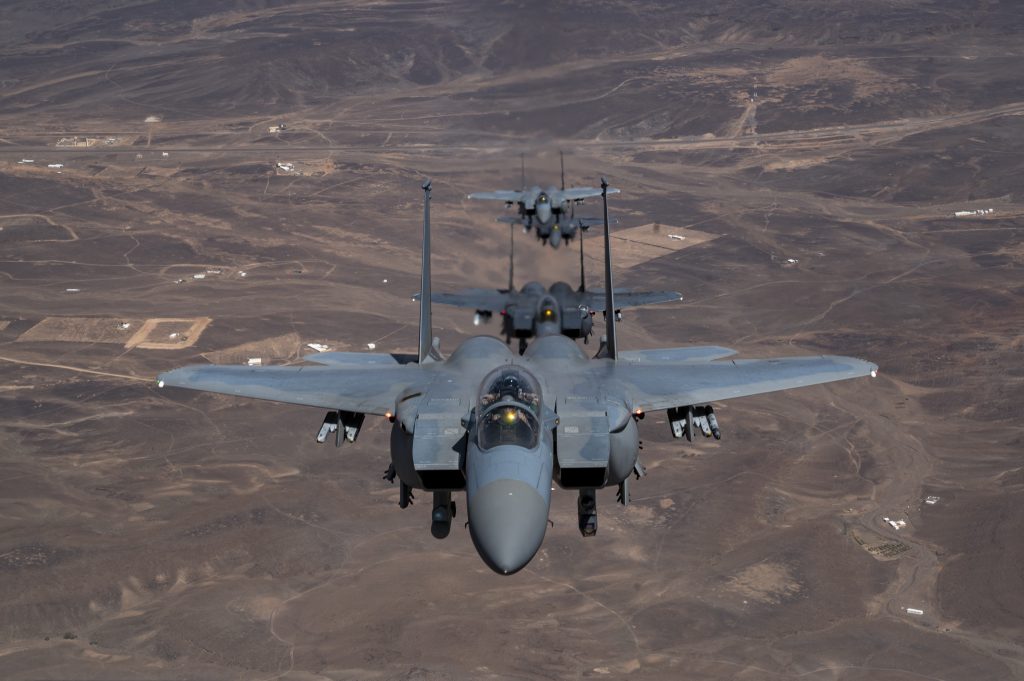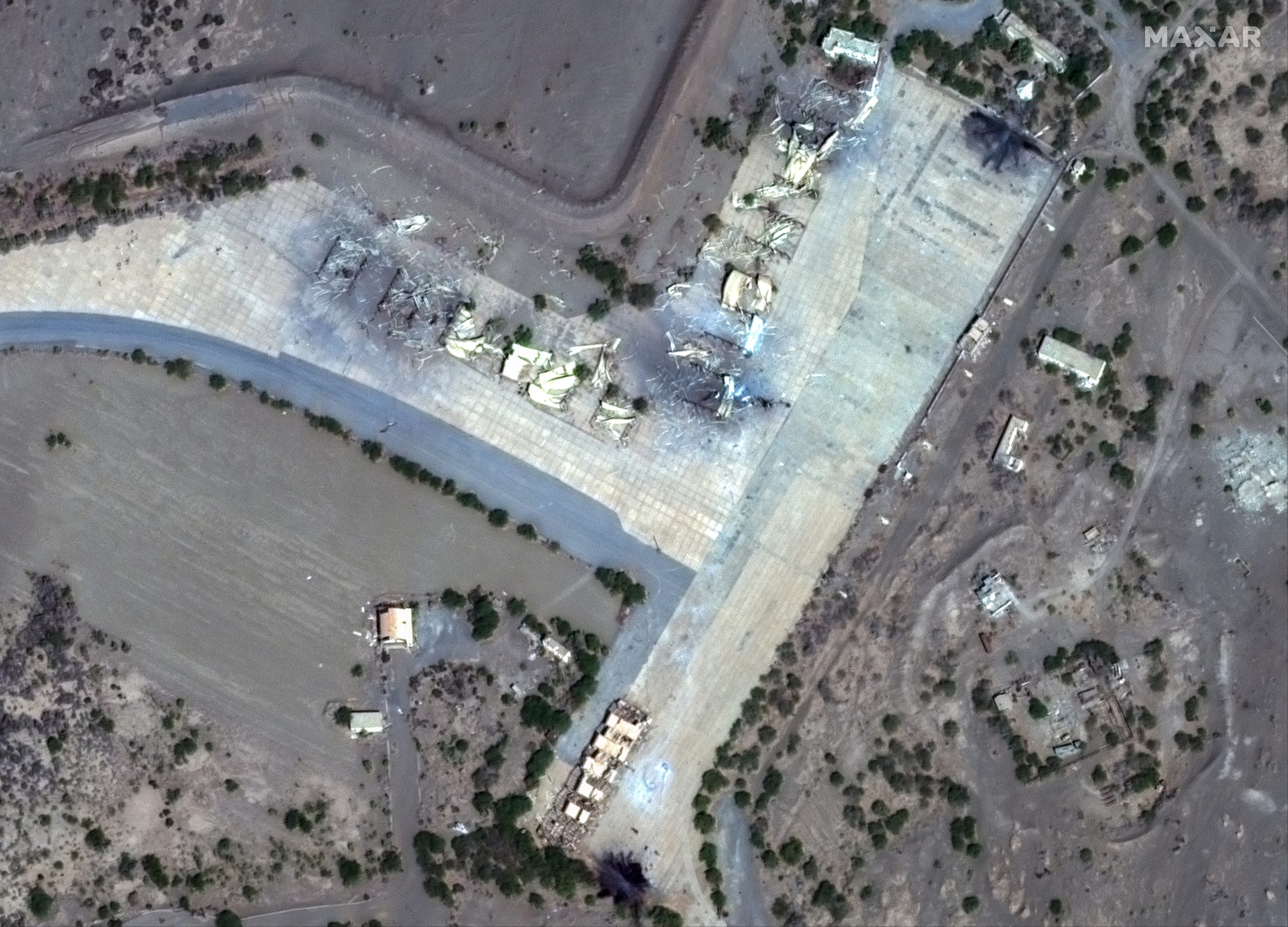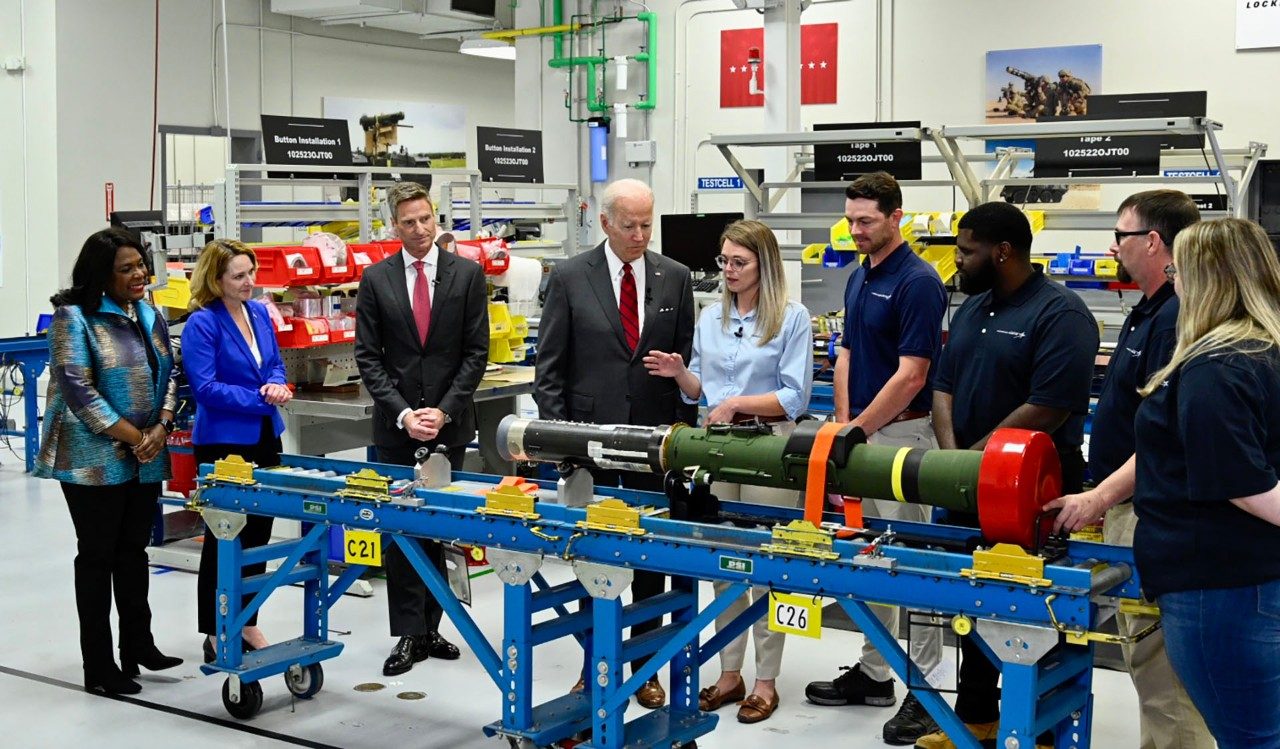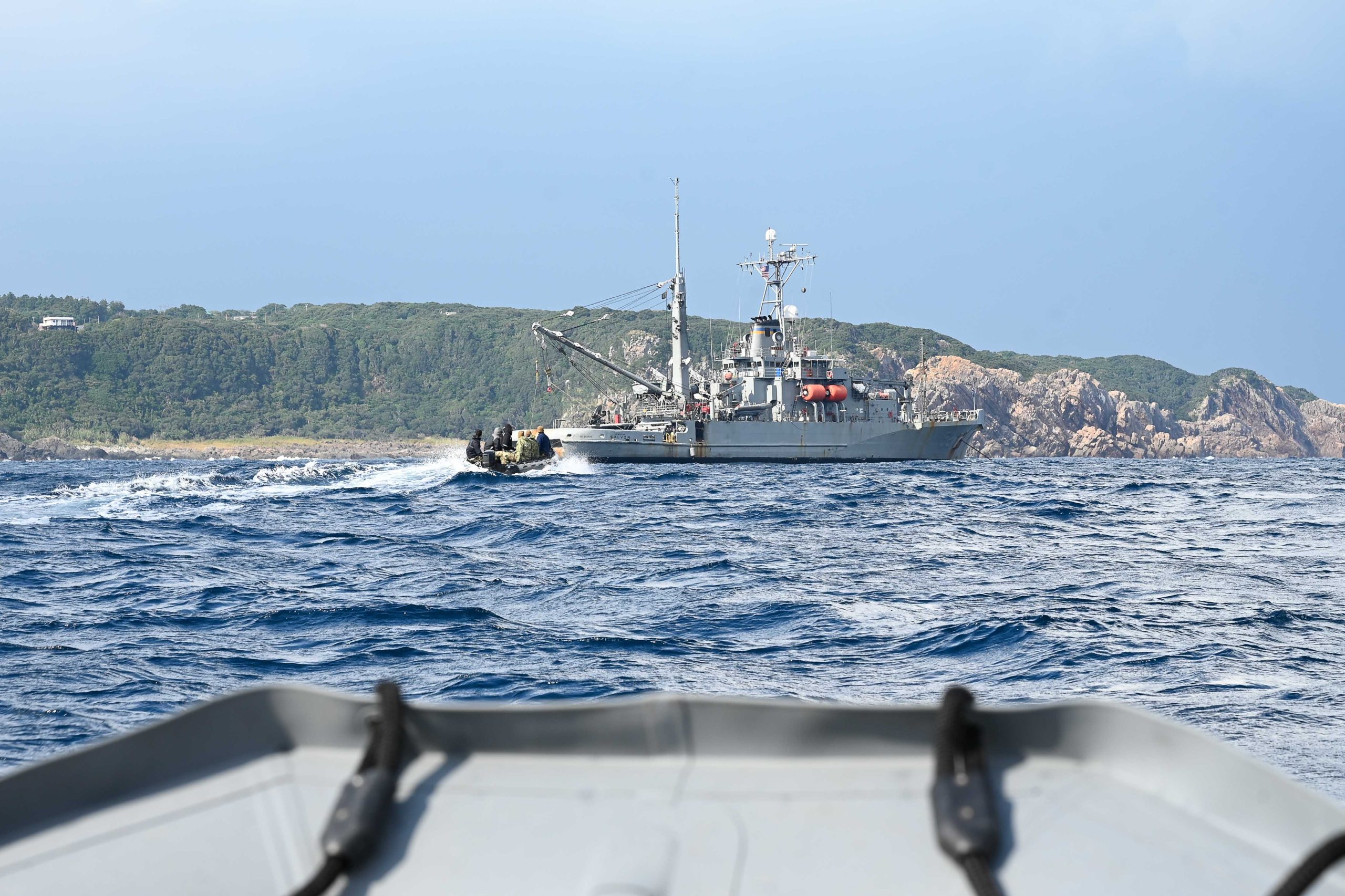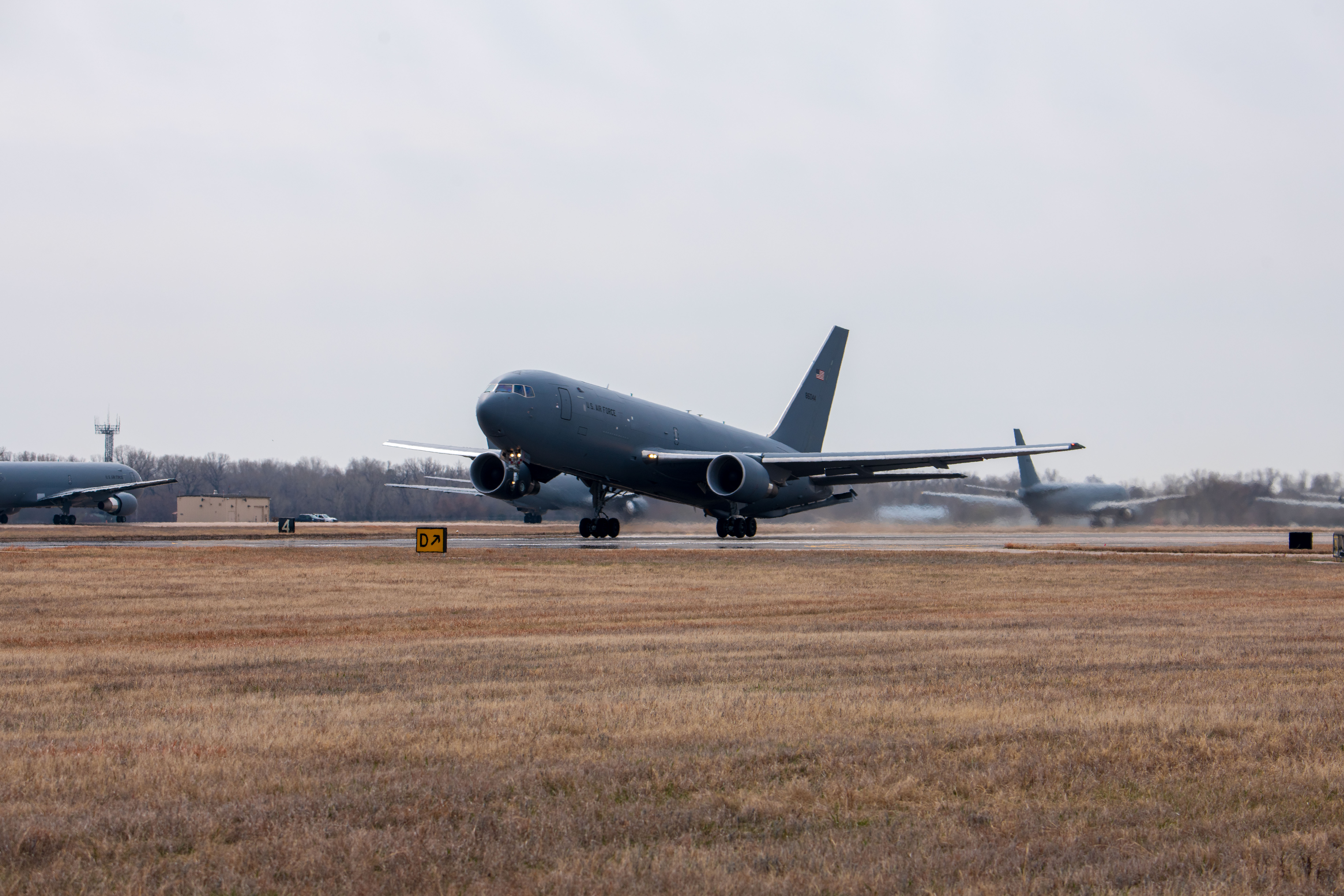Air Force Chief of Staff Gen. David W. Allvin unveiled his first selections for the “CSAF Leadership Library,” a list heavy on organizational change amid uncertainty, a nod to the sweeping “re-optimization” service leaders expect to reveal next month.
Allvin pledged in a memo accompanying the list to gather feedback from Airmen on today’s “Library,” which his predecessor, Gen. Charles Q. Brown Jr., expanded to include podcasts, films, and other media during his tenure.
“Your opinions matter and are vital in defining what we value as an organization and what is essential for your leadership journey,” Allvin wrote. “I invite you to actively participate and share your thoughts. I will be introducing a series of initiatives to gather feedback and engagement from you. This process will be iterative, guided by your evolving needs and interests.”
Allvin’s additions include two books, one podcast, and one commentary:
- “One Mission,” by Chris Fussell: Authored by a former Navy SEAL, the book is “a dynamic guide that offers takeaways from real-world examples of successful organizational changes,” Allvin said, along with “insights into revolutionizing large organizations.”
- “Analogies at War,” by Yuen Foong Khong: The book examines the Vietnam War and “how historical analogies influence political decision-making,” Allvin wrote. “Khong’s book not only unveils the cognitive processes shaping policy choices but also serves as a resource for challenging assumptions and avoiding cognitive traps in contemporary decision-making.”
- “The Path to AI Arms Control: America and China Must Work Together to Avert Catastrophe,” by Henry Kissinger and Graham Allison: This article, published in Foreign Affairs, “underscores the importance of swift action and collaboration to address the potential consequences of unregulated AI development,” Allvin wrote.
- “How to Excel When Everything Is Changing,” by Brad Stulberg: In this podcast, Stulberg details a “’4 Ps’ approach—Pause, Process, Plan, Proceed—shaping a mindset of thoughtful response over impulsive reaction,” Allvin wrote.
Allvin’s timely emphasis on change and challenging assumptions and initial reactions comes as Air Force leadership prepares to roll out the results of its “re-optimization” review, initiated in September by Secretary Frank Kendall. Kendall launched the review after concluding the Air Force and Space Force were not fully ready, prepared, or organized for conflict with a peer competitor as China is today. Officials anticipate major changes for the services’ organizational structure, training, and weapons development, especially with regard to how the services adapt and respond to new challenges from China.
Kendall said in September he wanted initial implementation plans by January 2024 and he and the service chiefs are expected to disclose their vision at the AFA Warfare Symposium in Aurora, Colo., Feb. 12.
